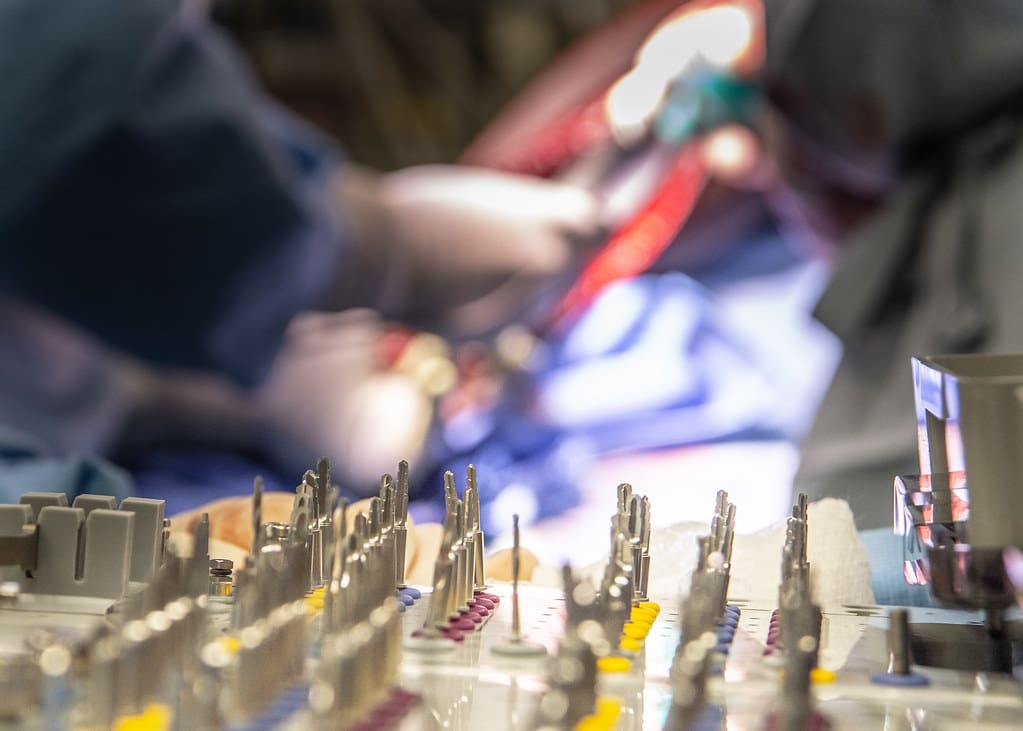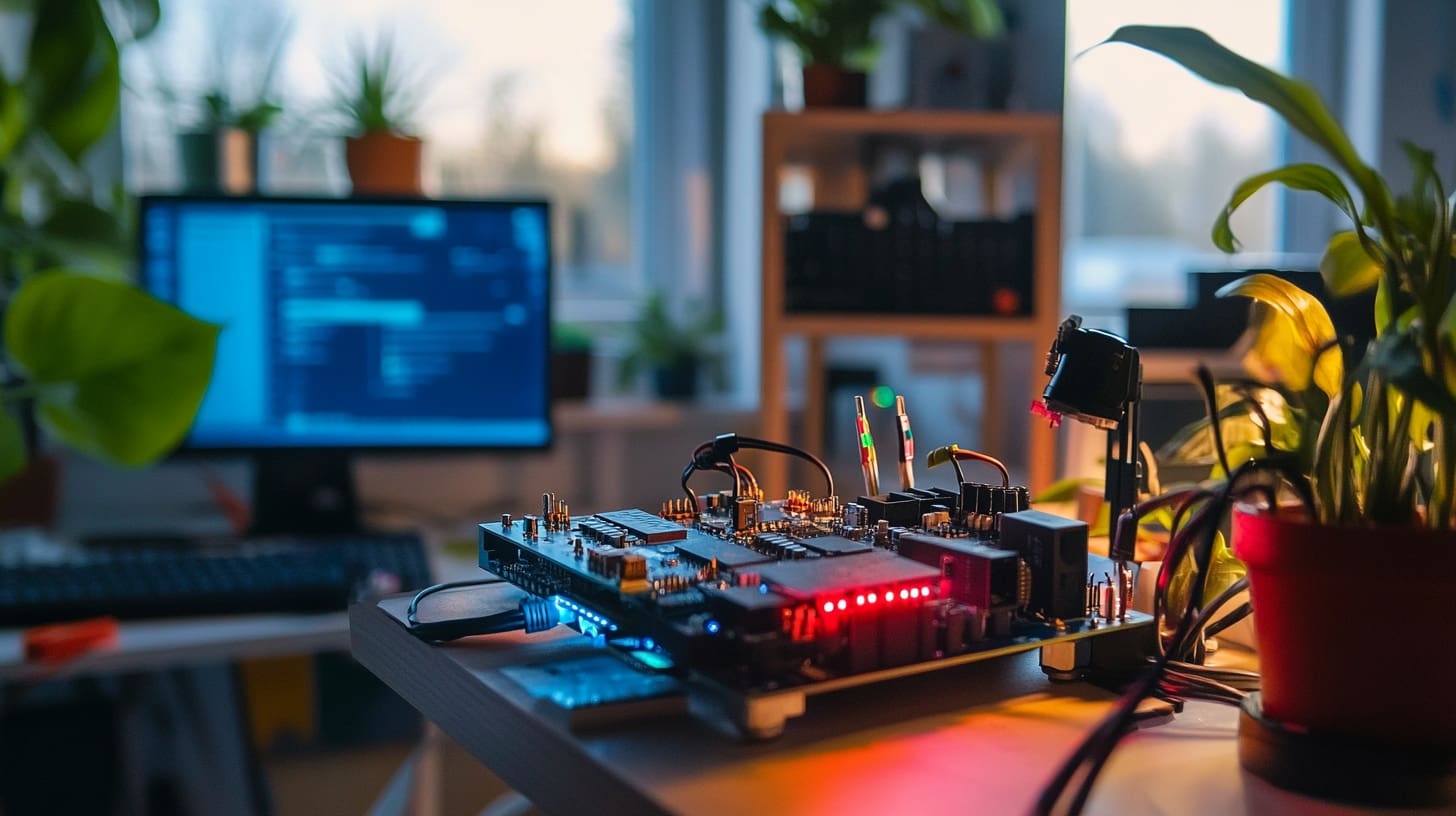Bioinstrumentation involves the application of electronics and measurement techniques to develop devices used in the diagnosis and treatment of diseases. This field plays a critical role in medical research and patient care, contributing to advancements in biomedical engineering and technology. The integration of 3D printing into bioinstrumentation is revolutionizing the design and production of these devices, offering unprecedented levels of customization, precision, and efficiency. This technology enables the rapid prototyping and manufacturing of complex, tailor-made instruments that meet specific medical needs, significantly impacting how healthcare professionals monitor and manage patient health.
The Emergence of 3D Printing in Bioinstrumentation
Initially utilized for prototyping in industrial applications, 3D printing has found a vital role in the development of medical instrumentation. It allows for the direct fabrication of devices that require high precision and customization, overcoming many limitations associated with traditional manufacturing methods. Today, 3D printing is not only a tool for creating prototypes but also a production method for functional, patient-specific instruments used in clinical settings.

Advantages of 3D Printing in Bioinstrumentation
Customization and Complexity: 3D printing enables the creation of devices tailored to individual patients or specific medical procedures, enhancing the effectiveness and comfort of medical treatments. The ability to produce complex geometries also allows for the integration of multiple functionalities into single components, streamlining device architecture.
Rapid Development and Iteration: The technology facilitates quick prototyping and iterative testing, accelerating the design process and enabling rapid advancements in bioinstrumentation. This is crucial in a field where speed can significantly impact patient care and outcomes.
Material Versatility: Advanced 3D printing techniques use a wide range of materials, including biocompatible polymers and metals, which can be precisely manipulated to meet the stringent requirements of medical devices.
Cost-Effectiveness: For small production runs and highly customized solutions, 3D printing can be more economical than traditional manufacturing methods, reducing the barrier to entry for innovative medical solutions and allowing for more widespread use of advanced bioinstrumentation.
Key Applications of 3D Printing in Bioinstrumentation
Diagnostic Devices: 3D printing is used to create components for diagnostic equipment, such as cases for wearable health monitors or parts for imaging devices like ultrasound probes. These components can be customized to improve the interface with the patient’s body, enhancing comfort and accuracy.
Surgical Instruments: Custom surgical tools tailored to the specific needs of surgeons or particular procedures can be produced. This includes everything from scalpel handles designed to fit a surgeon’s hand to complex instruments that combine multiple surgical functions.
Patient-Specific Implants and Prosthetics: Bioinstrumentation often involves the use of implants and prosthetics, which can be 3D printed to match the exact anatomical features of individual patients. This ensures a better fit and functionality, which is crucial for the success of implantation or prosthetic use.
Research and Clinical Study Tools: In medical research, 3D printing allows for the development of specialized equipment, such as organ-on-a-chip devices or custom bioreactor parts, which are used in clinical studies and pharmaceutical testing.

Challenges in 3D Printing for Bioinstrumentation
Despite its advantages, several challenges hinder the broader adoption of 3D printing in bioinstrumentation:
Material Certification and Sterilization: Ensuring that materials used in 3D printing are certified for medical use and can be effectively sterilized is essential. The development of new materials that meet these criteria is ongoing and involves complex regulatory processes.
Precision and Reliability: Achieving the high levels of precision and reliability required for medical instruments is a significant challenge, especially when producing complex or small-scale components.
Regulatory Compliance: Medical devices are subject to stringent regulatory standards. Navigating the certification process for 3D-printed bioinstruments can be complex, time-consuming, and costly.
Scaling Production: While 3D printing is ideal for prototyping and small-scale manufacturing, scaling up to larger production volumes remains challenging and often not cost-effective compared to traditional manufacturing techniques.
Future Directions in 3D Printing for Bioinstrumentation
The future of 3D printing in bioinstrumentation looks promising, with ongoing advancements in 3D printing technologies and materials likely to address current limitations. Innovations such as increased printing resolution, faster production times, and the development of new biocompatible materials are expected to further enhance the capabilities and applications of 3D printing in this field.
3D printing is poised to continue transforming bioinstrumentation, offering innovative solutions that enhance the design and functionality of medical devices. As the technology evolves, it promises to enable more personalized, efficient, and effective biomedical instruments, potentially reshaping patient care and medical research.








